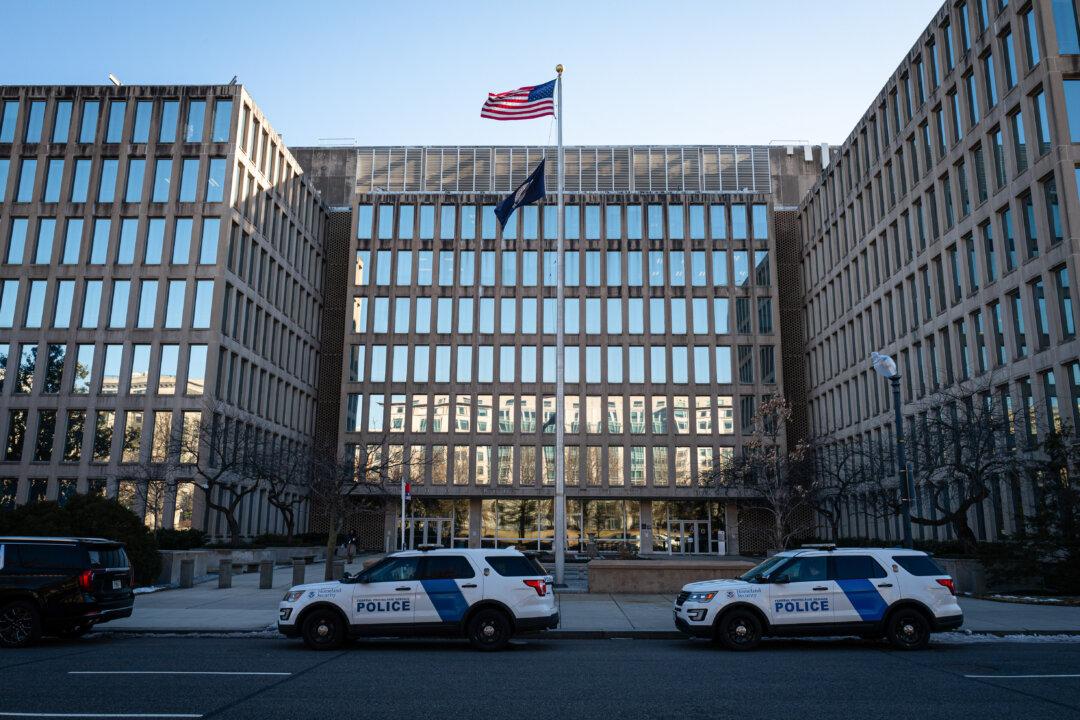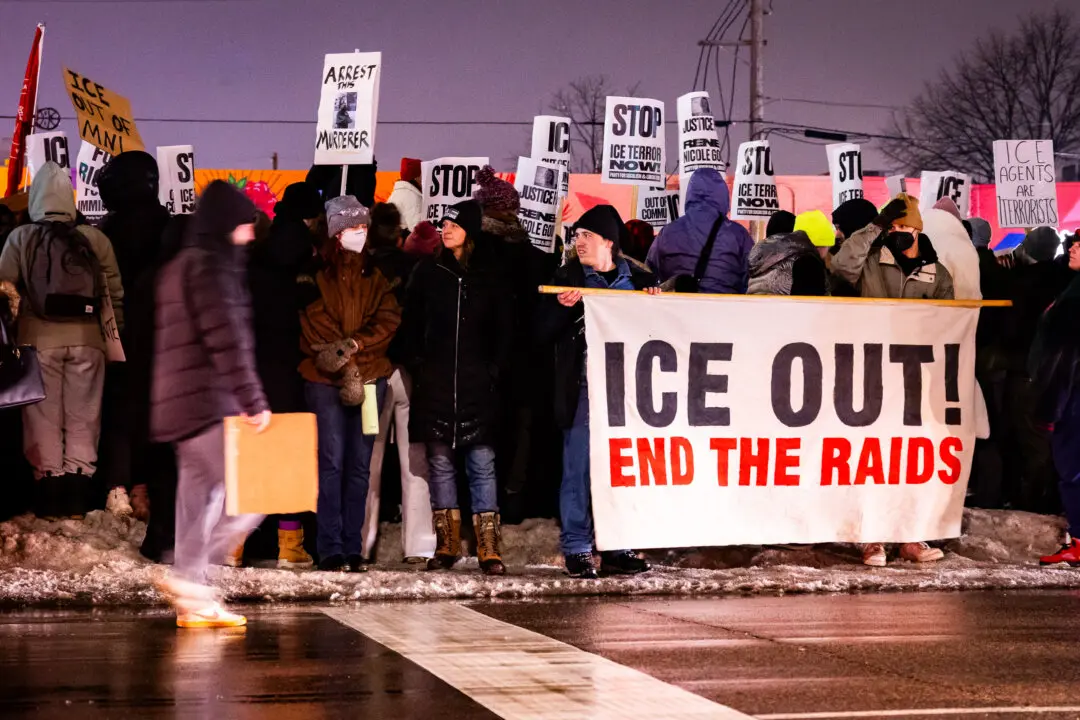The U.S. Federal Aviation Administration (FAA) says wireless companies’ deployment of 5G services will require the agency to impose restrictions on flight operations using certain types of safety equipment that will operate in proximity to the communications networks.
AT&T and Verizon agreed to delay the use of C-Band spectrum until Jan. 19, a move that was endorsed by the White House. This extension would give the FAA more time to study and evaluate how to minimize the disruption to radar altimeters, while preparing airline companies for any changes.





